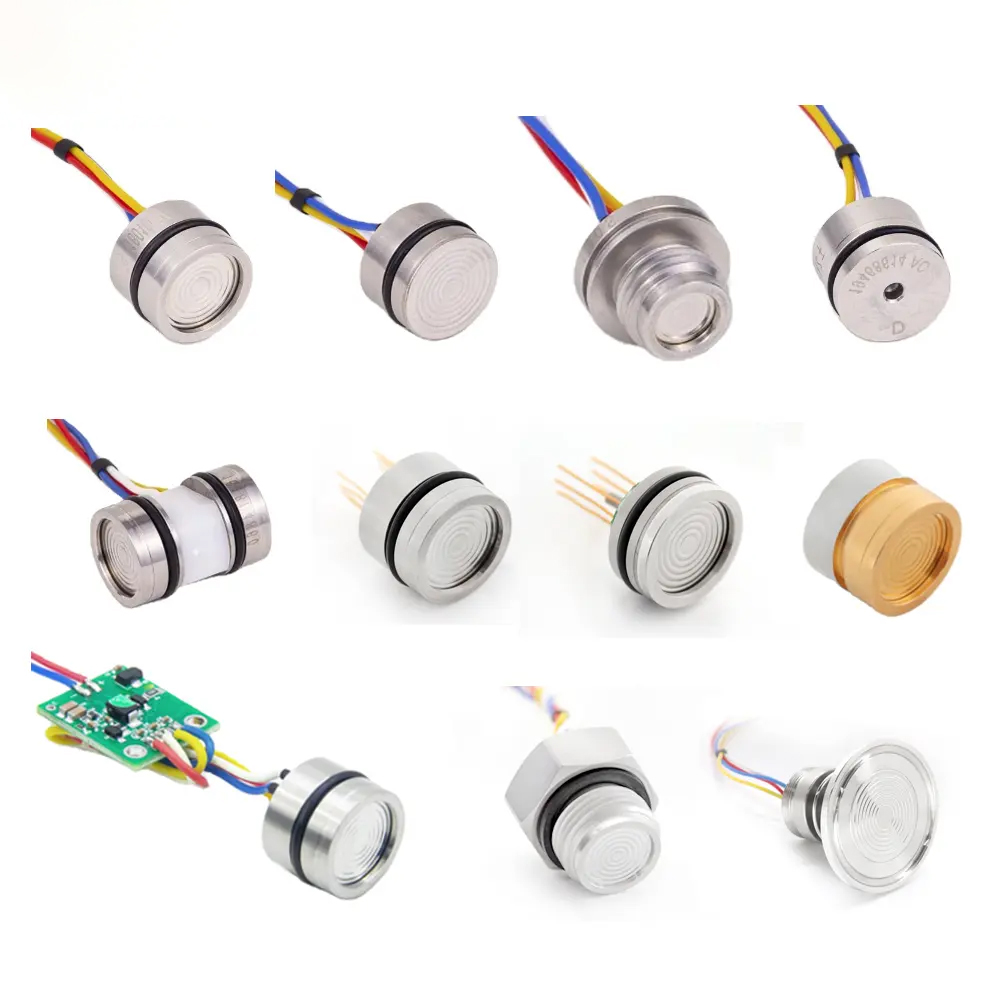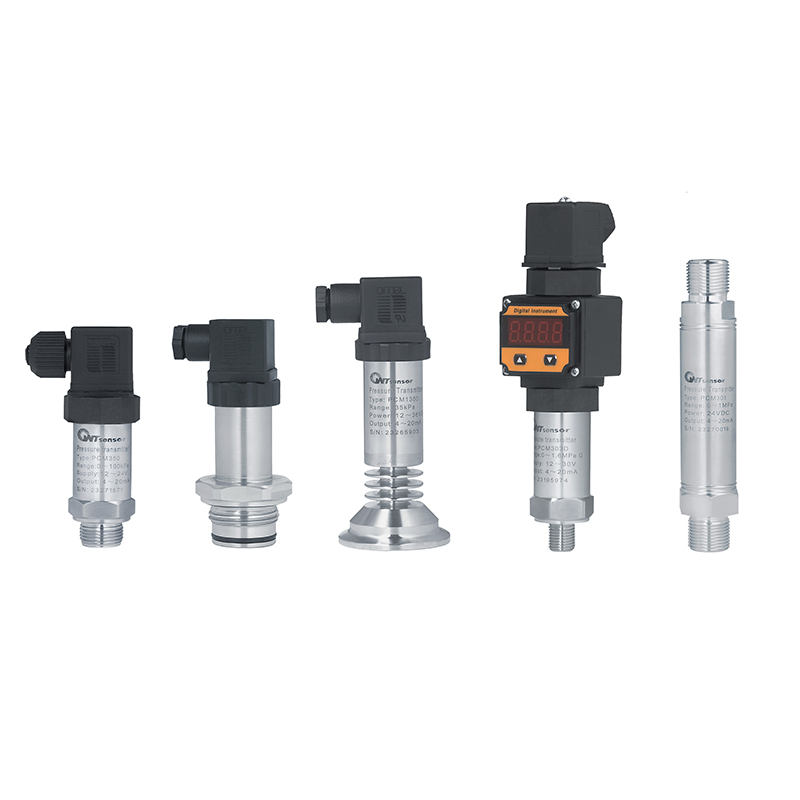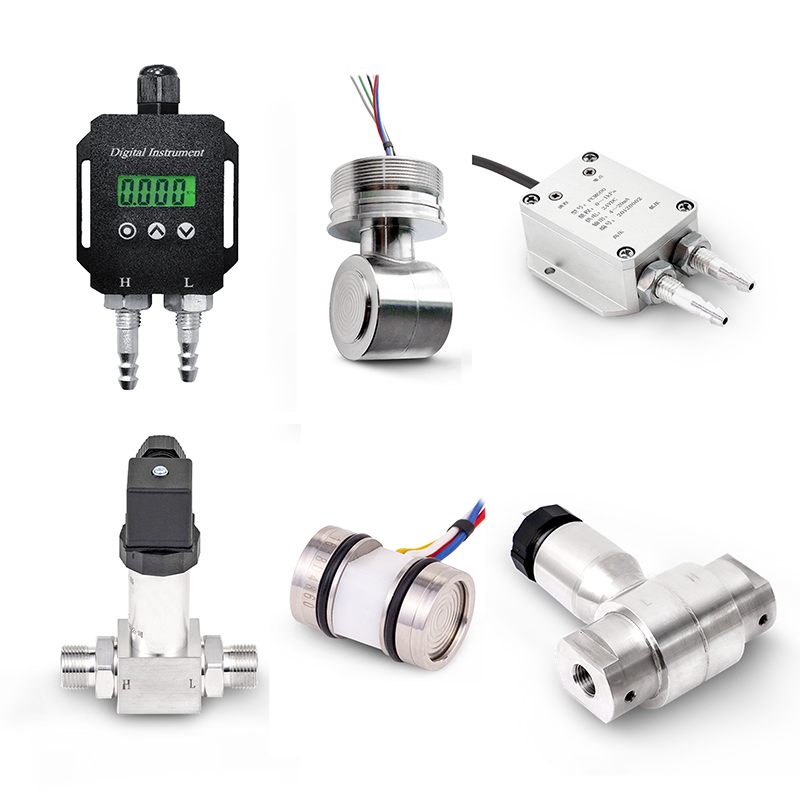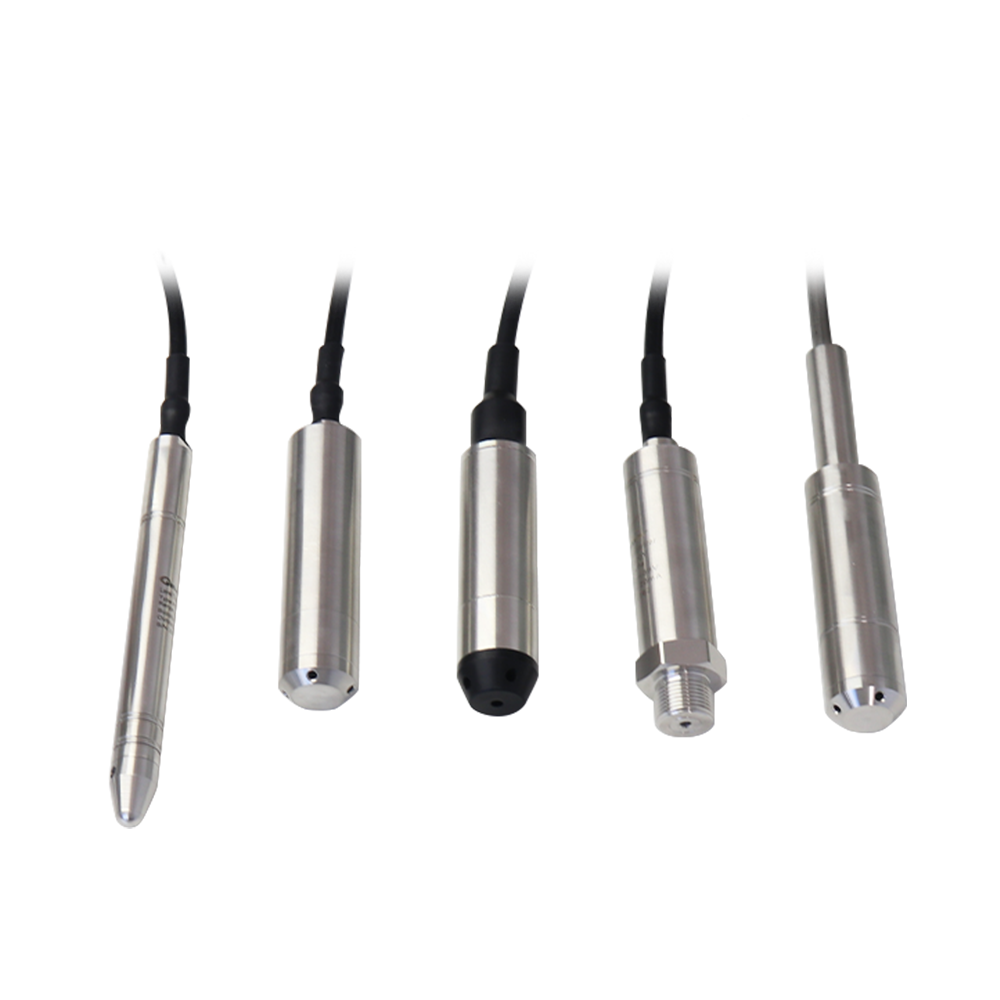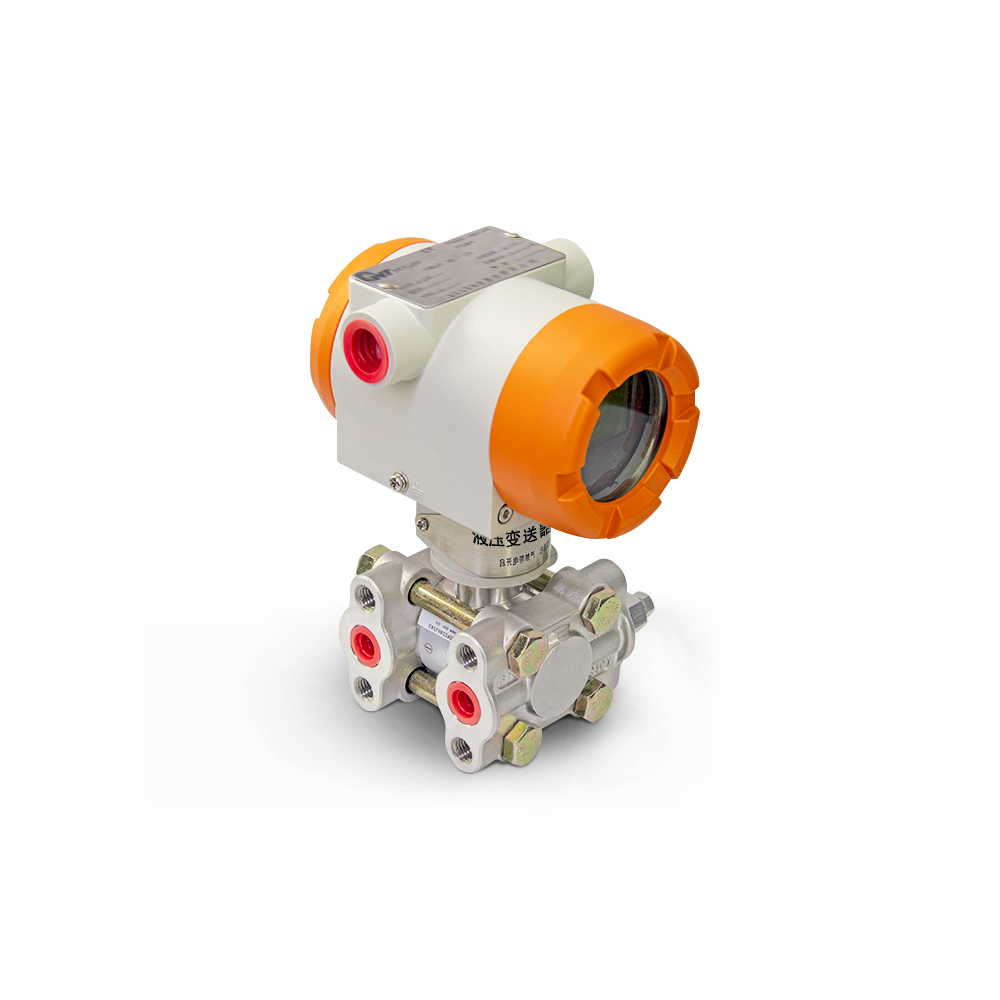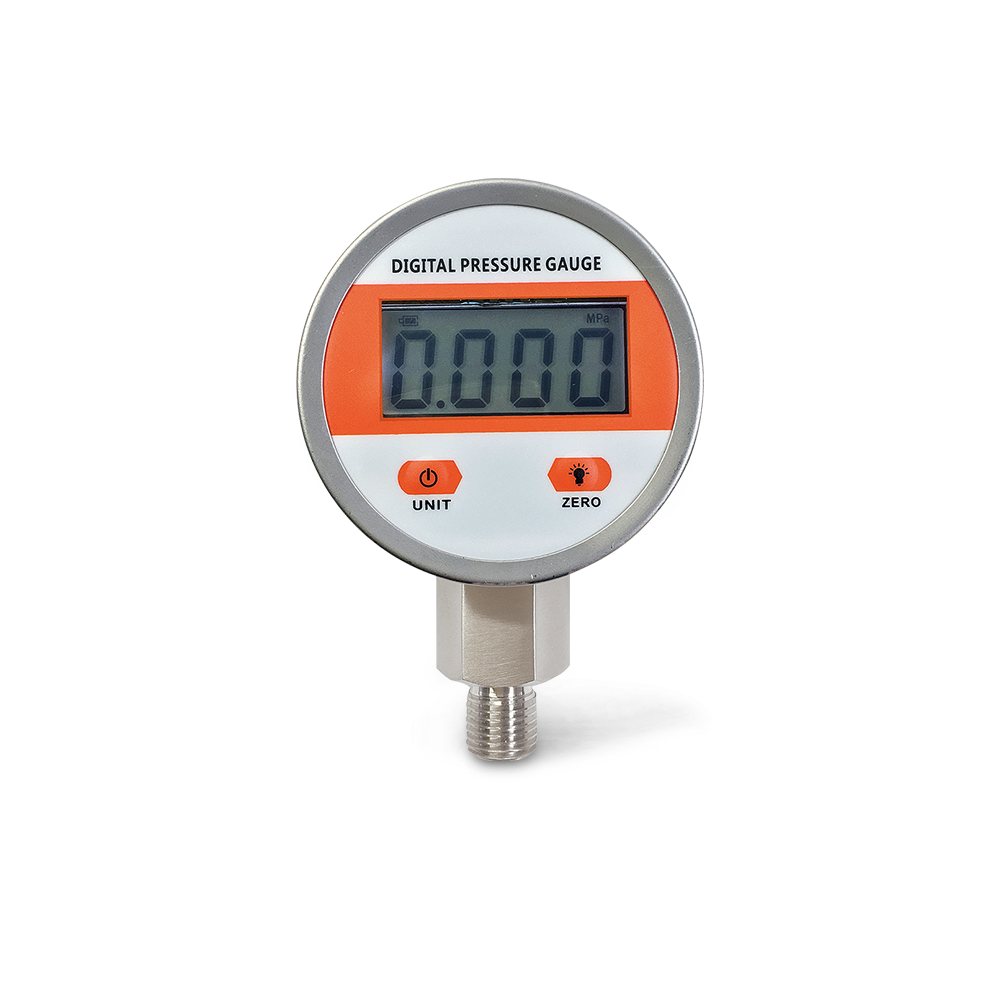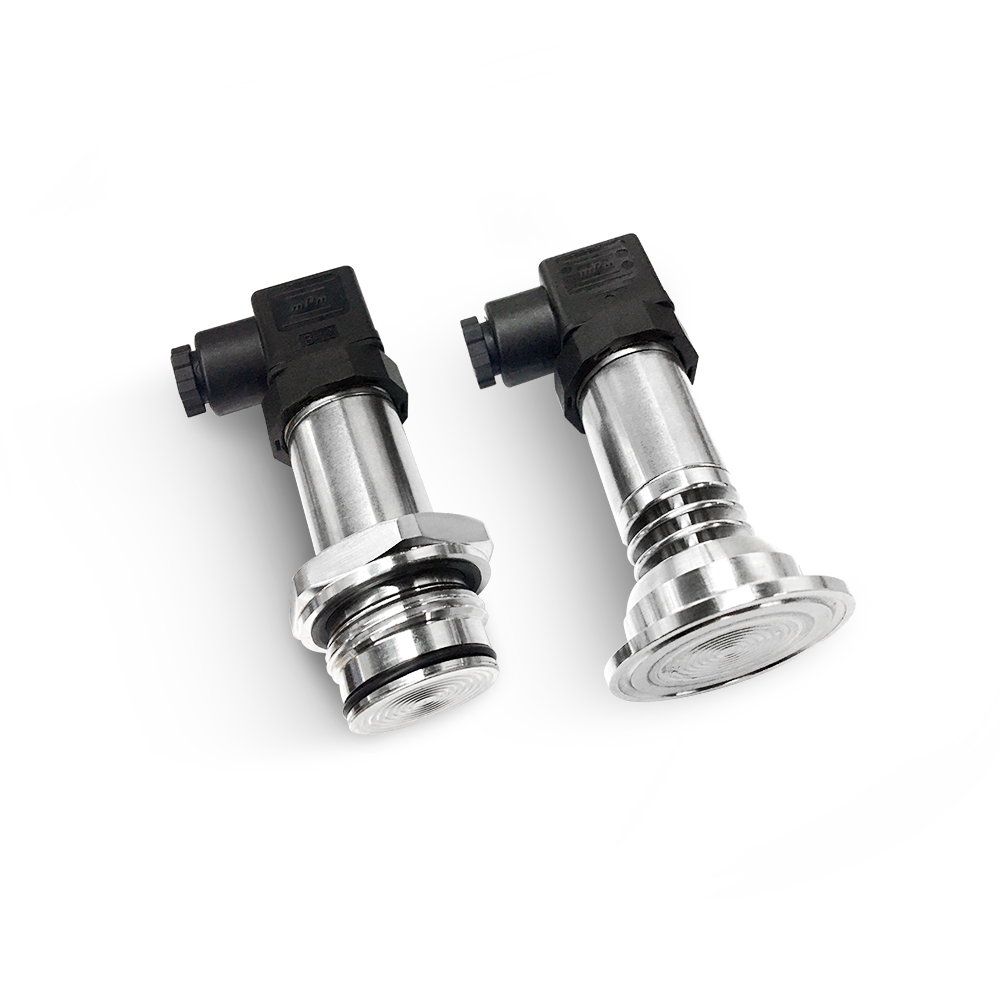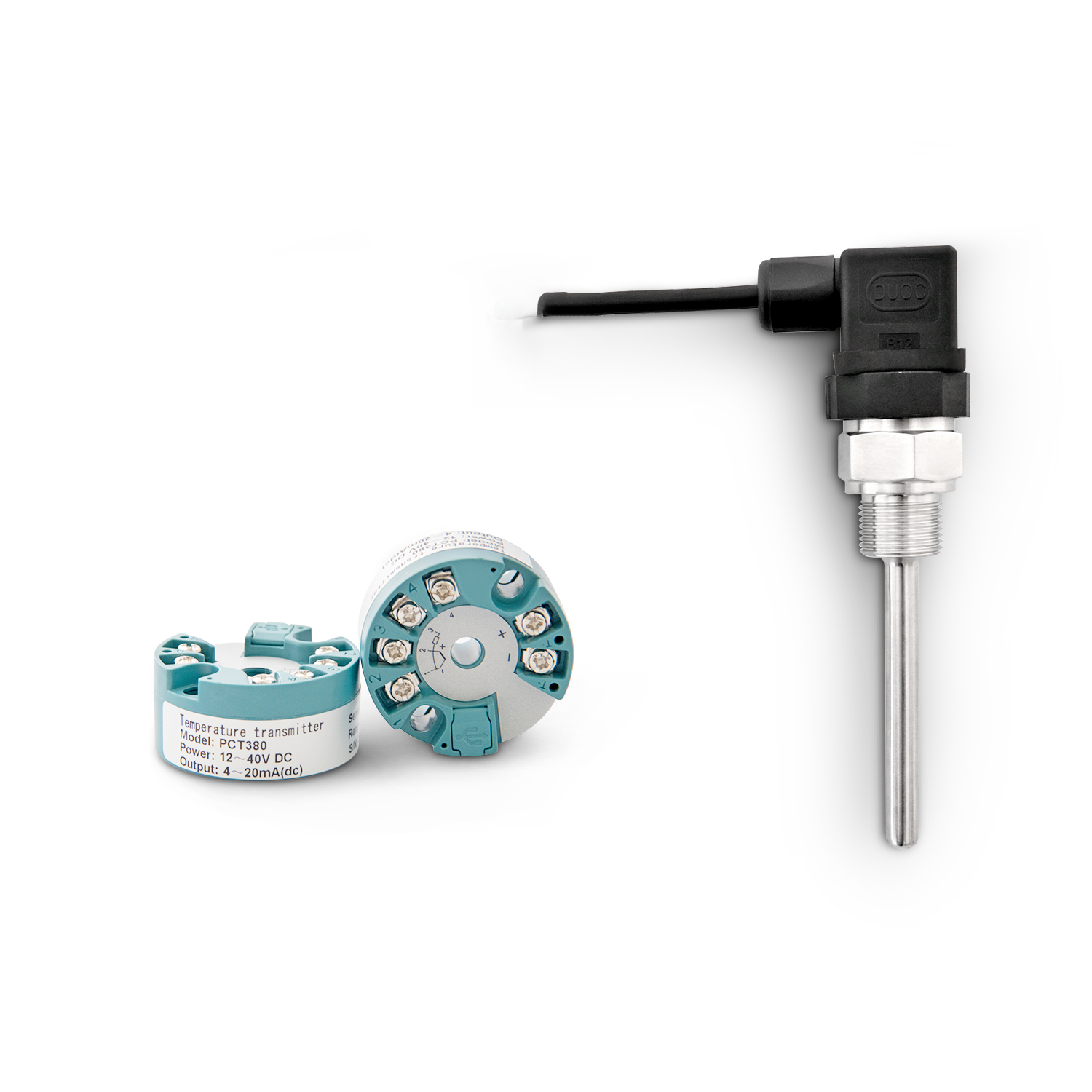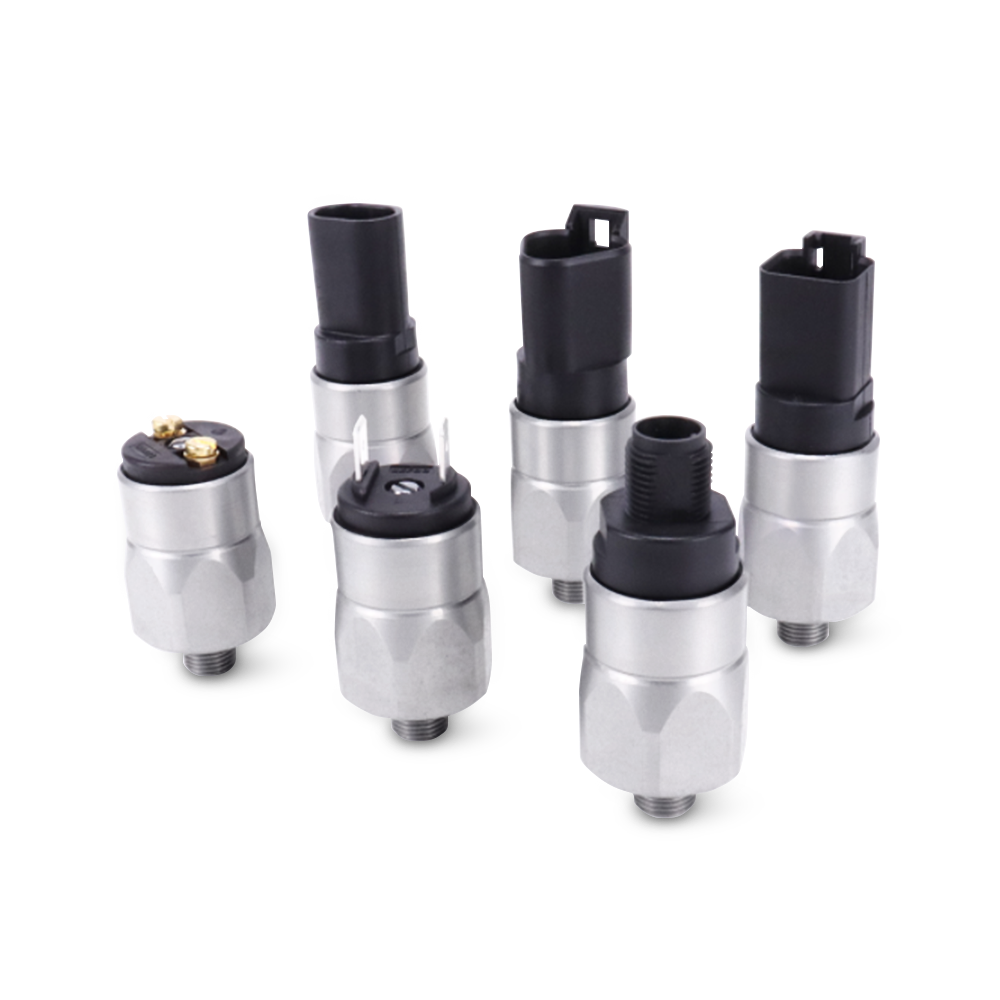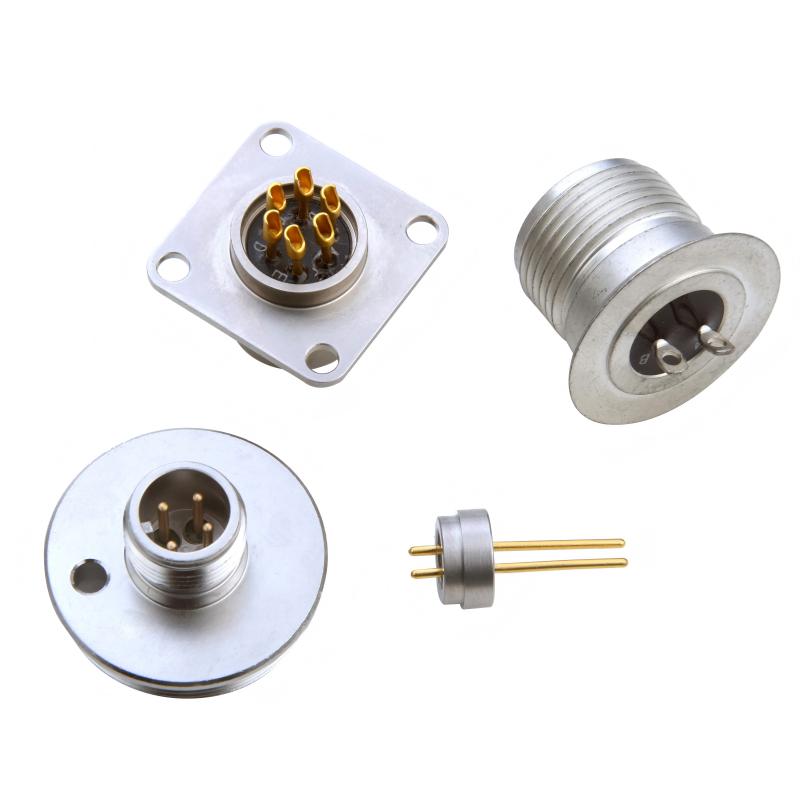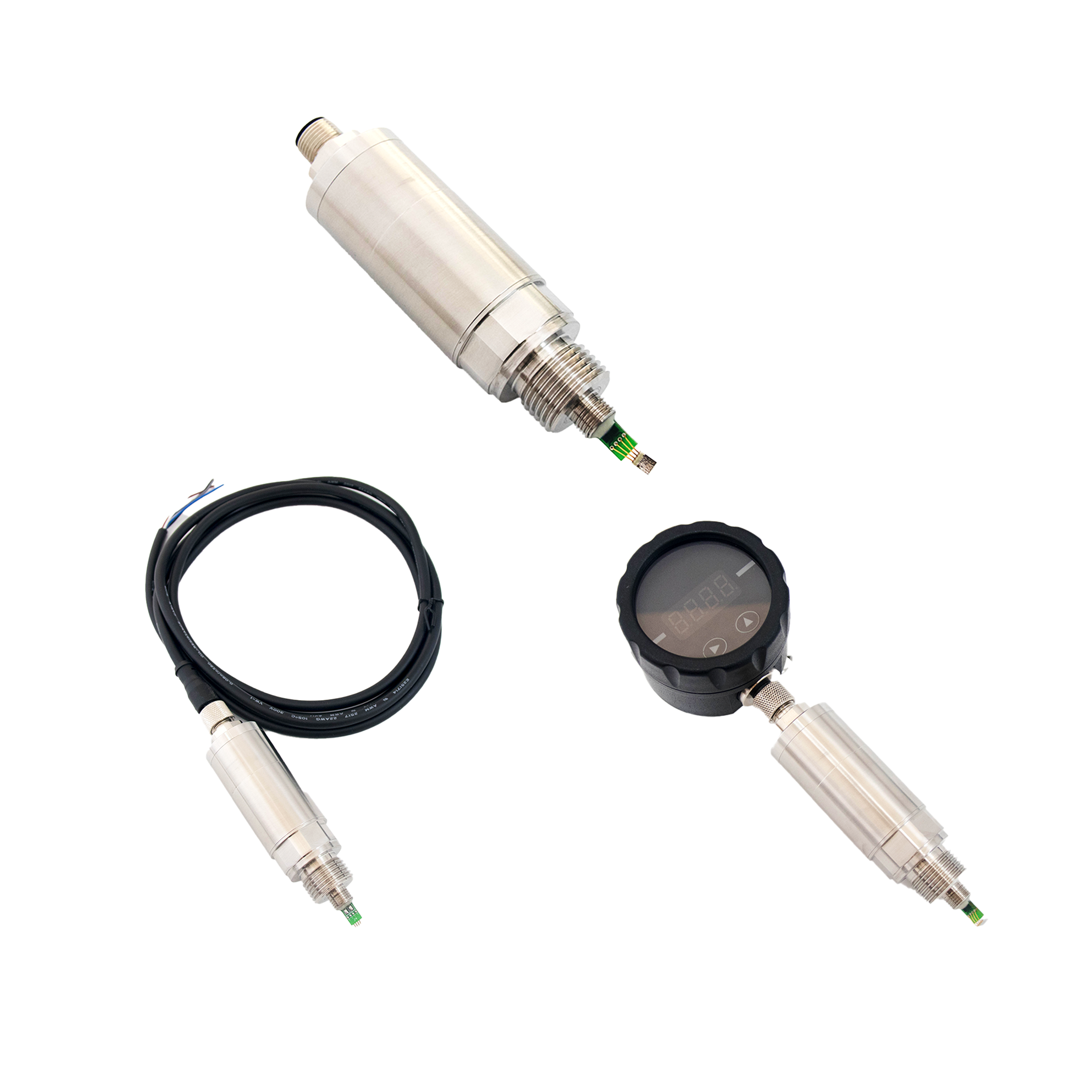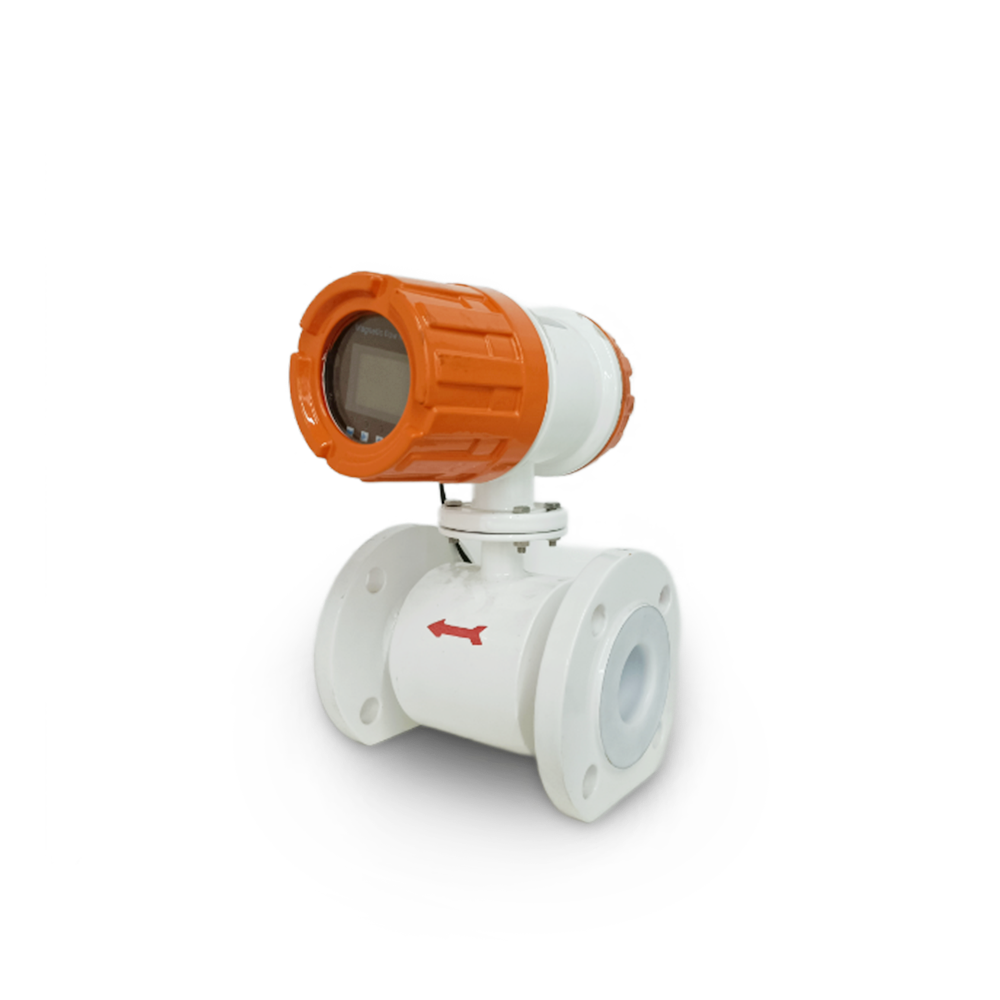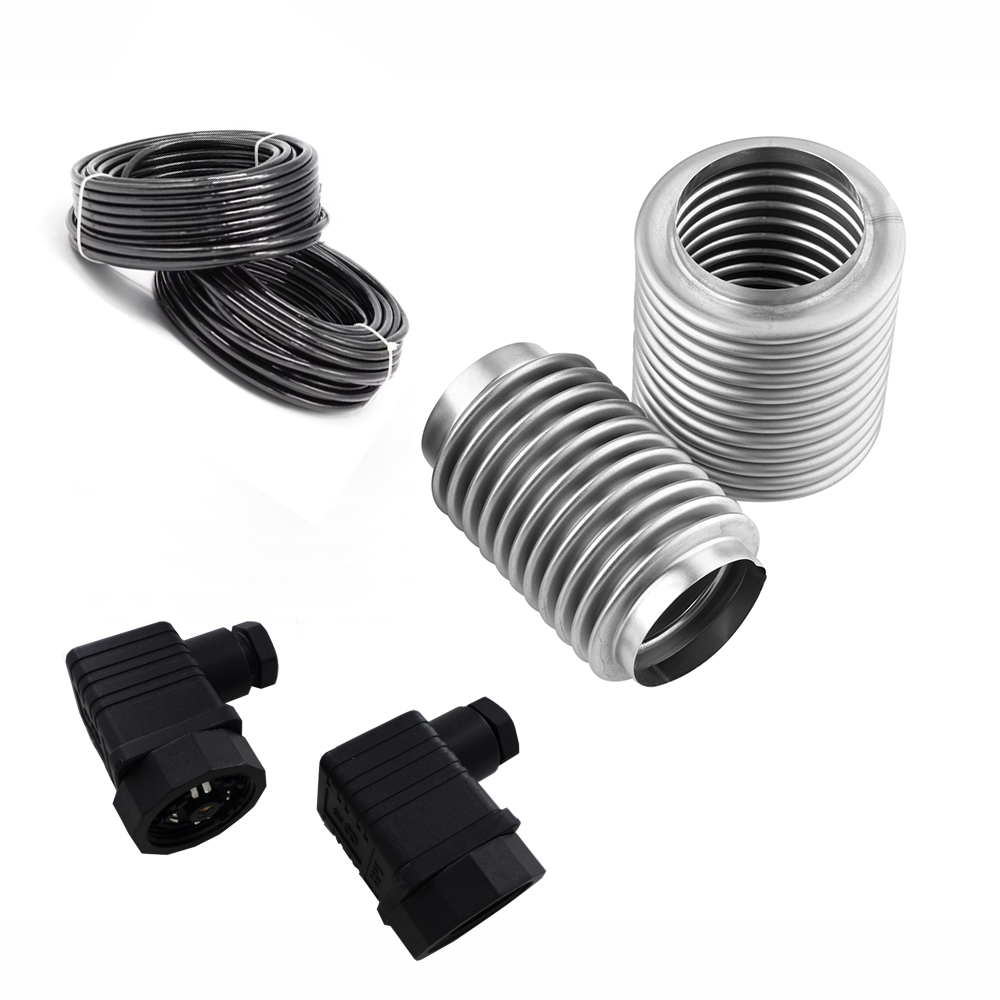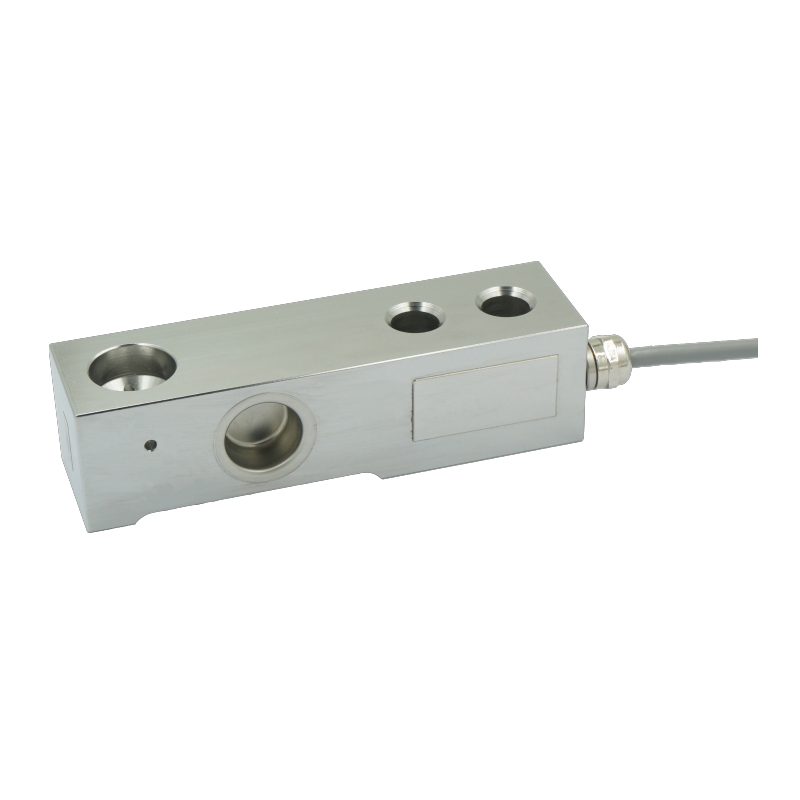Working principle of differential pressure sensor
From: Issued date 2020.01.17 Back
Generally speaking, the main part of the differential pressure sensor is an imported high-performance silicon piezoresistive sensor chip. The core part of the chip is a cup-shaped silicon film. On the silicon film, the semiconductor film is diffused and mixed. Miscellaneous method to make four equal resistances, connected to a Wheatstone bridge, and then connected to the outer leads by pressure welding. One side of the diaphragm is a high-pressure cavity connected to the system under test, and the other side is a low-pressure cavity. When there is a pressure difference between the two sides of the diaphragm and deformation occurs, stress is generated at each point of the diaphragm to change the value of the diffusion resistance. The electric bridge loses its balance and outputs the corresponding voltage. Its voltage reflects the pressure difference experienced by the diaphragm and has a linear relationship with the pressure difference.
Nanjing Wotian Technology Differential Pressure Sensor
Nanjing Wotian PC90D single crystal silicon differential pressure sensor is a differential pressure sensor with reliable overload pressure protection.
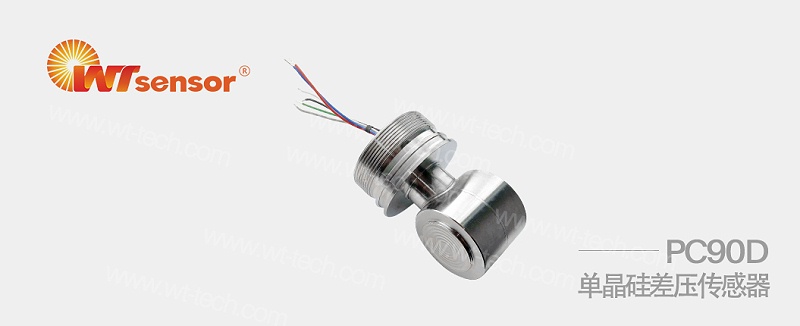
PC90D single crystal silicon differential pressure sensor The differential pressure sensitive core uses a high-performance silicon piezoresistive differential pressure chip. It is assembled using a fully welded sealed structure and filled with silicone oil under high vacuum. The measuring diaphragms of different materials are isolated from each other. While measuring the medium and the differential pressure chip, it can also enable the sensor to measure the pressure difference signals of various highly corrosive mediums reliably for a long time.
The PC90D single crystal silicon differential pressure sensor can convert the measured differential pressure signal into a linearly proportional millivolt voltage signal through external constant current or constant voltage power supply excitation.

